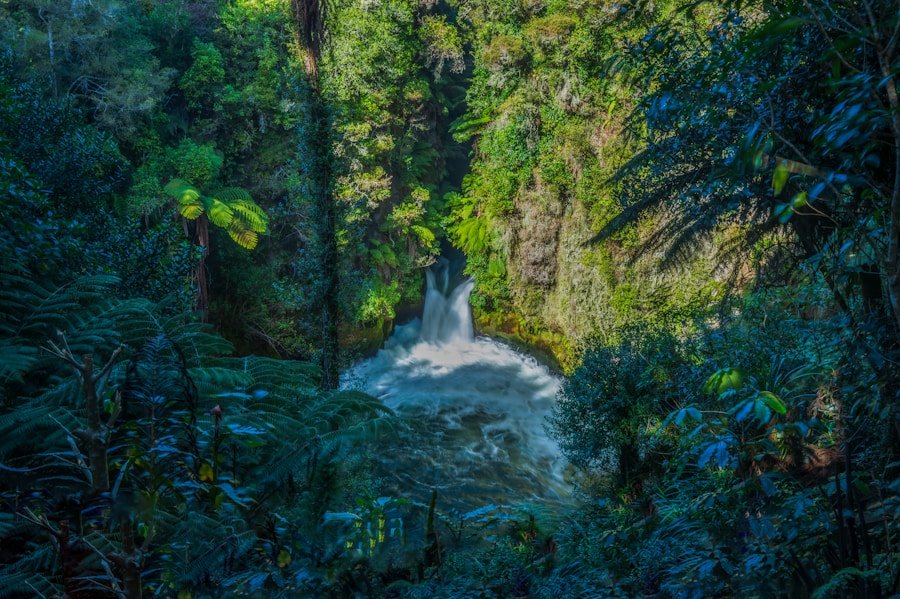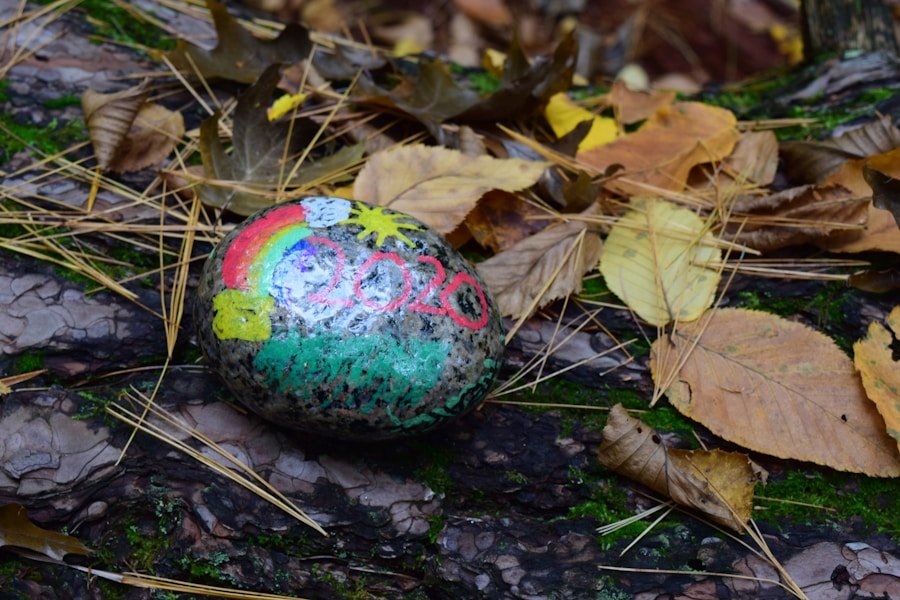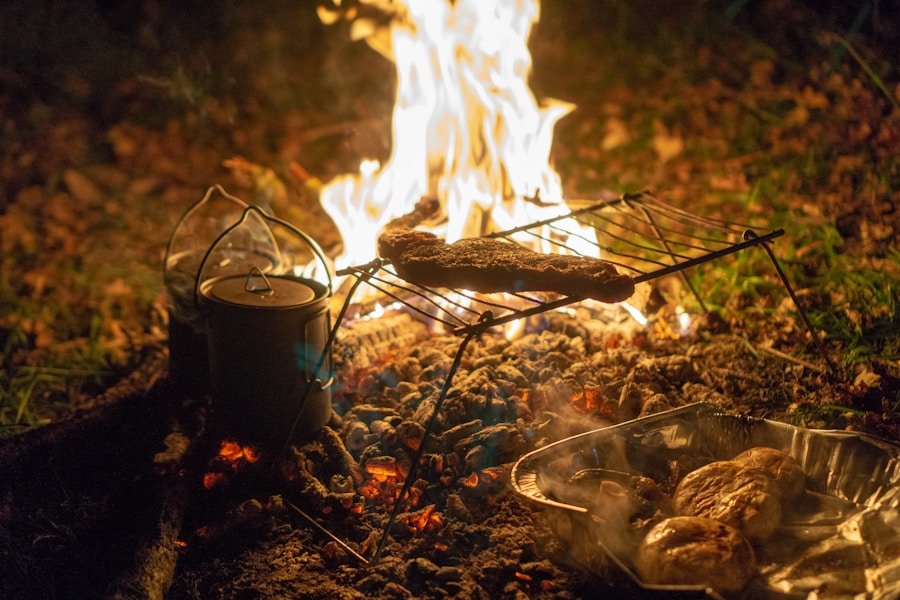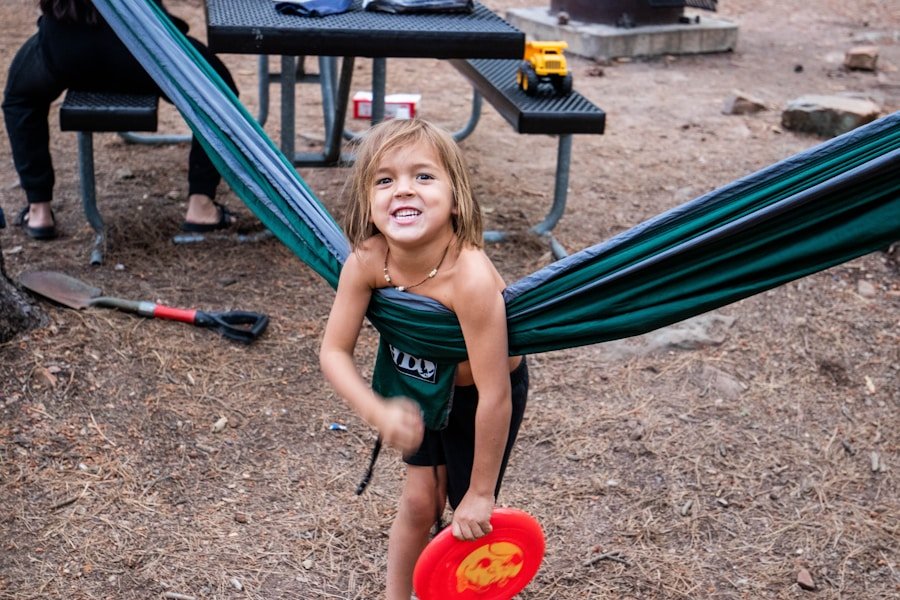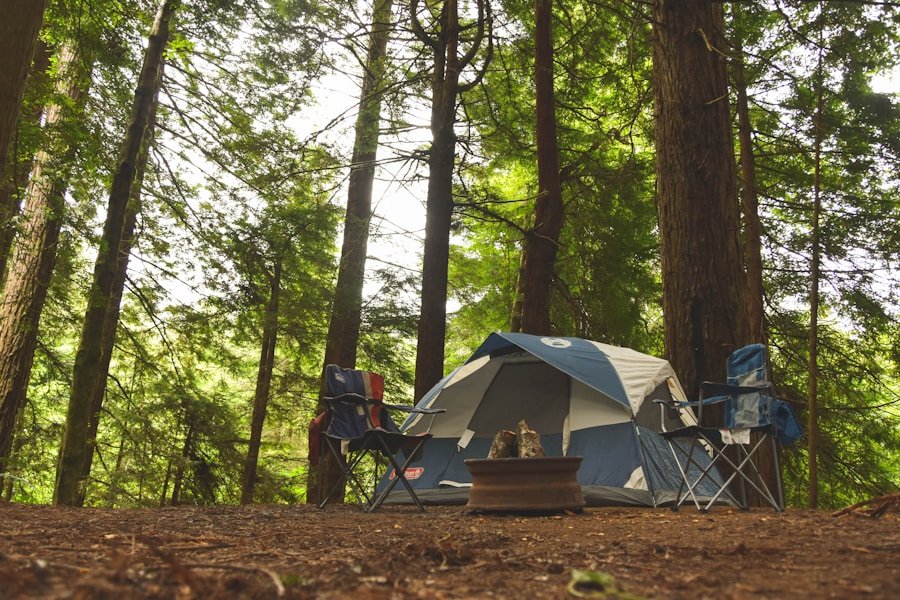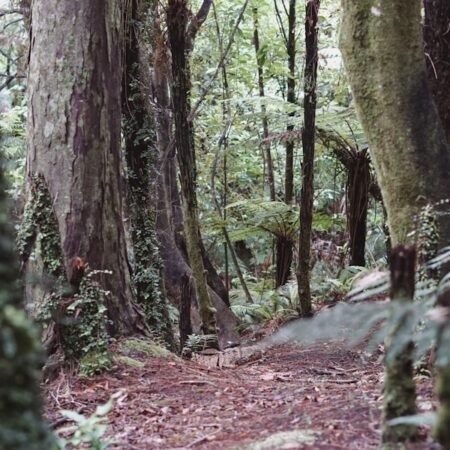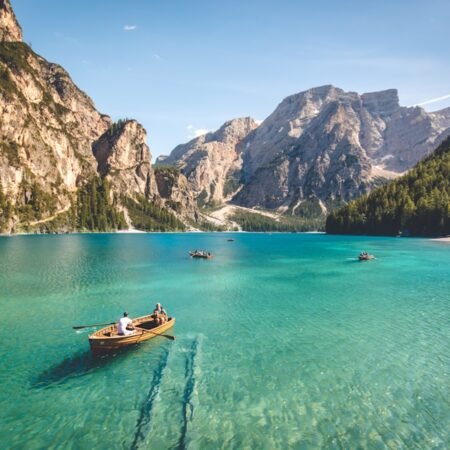Storytelling has been a potent tool for transmitting knowledge and traditions across generations, and it can also be an effective method for educating children about local flora and fauna. By crafting narratives about the plants and animals that inhabit their local environment, educators can captivate the imagination of young learners and instill in them a sense of awe and curiosity about the natural world surrounding them. The campfire setting, in particular, provides a unique and immersive atmosphere for these stories to come alive, as the crackling flames and darkened surroundings create an environment that is both captivating and memorable.
One approach to utilizing campfire stories to engage children in learning about local flora and fauna is to incorporate elements of folklore and mythology. By sharing stories about the origins of certain plants or animals, or their roles in traditional tales, educators can not only teach children about the natural world but also foster a sense of cultural appreciation and connection to their surroundings. Additionally, incorporating themes of conservation and environmental stewardship into these stories can help children understand the importance of protecting and preserving the plants and animals that inhabit their local environment.
Another approach to using campfire stories to teach children about local flora and fauna is to create interactive storytelling experiences. By encouraging children to participate in the storytelling process, whether through role-playing, creating their own characters, or adding their own imaginative twists to the tales, educators can foster a sense of ownership and engagement in the learning process. This not only makes the experience more enjoyable for the children but also helps them develop a deeper understanding and connection to the natural world around them.
Key Takeaways
- Campfire stories can spark interest in local flora and fauna by weaving in educational elements about the environment and wildlife.
- Nature walks provide children with hands-on experiences to deepen their understanding of local wildlife and ecosystems.
- Engaging activities such as scavenger hunts and plant identification can make learning about plants and animals in the area fun and interactive for kids.
- Teaching children about local flora and fauna can help them develop a deeper connection with nature and understand the importance of preserving local ecosystems.
- Interactive lessons on local wildlife can foster a love for nature and encourage curiosity about the natural world among children.
Exploring the Outdoors: How Nature Walks Can Deepen Children’s Understanding of Local Wildlife
Enhancing Learning through Sensory Experiences
Nature walks also provide a sensory-rich experience, allowing children to see, hear, smell, and touch the natural world around them, which can further enhance their learning and appreciation of local wildlife.
Fostering Critical Thinking and Observation Skills
One way to deepen children’s understanding of local wildlife during nature walks is to incorporate guided observations and discussions. Educators can encourage children to use their senses to observe and describe the plants and animals they encounter, prompting them to ask questions and share their observations with their peers. By facilitating these discussions, educators can help children develop critical thinking skills and a deeper understanding of the interconnectedness of the natural world.
Hands-on Activities and Exploration
Additionally, providing children with tools such as magnifying glasses, binoculars, or field guides can enhance their ability to make detailed observations and identify different species, further enriching their nature walk experience. Another approach to using nature walks to teach children about local flora and fauna is to incorporate hands-on activities and exploration. For example, educators can organize scavenger hunts or nature bingo games that encourage children to search for specific plants or animals, fostering a sense of excitement and discovery during their outdoor adventure.
Hands-On Learning: Engaging Activities to Teach Kids About Plants and Animals in Their Area
Hands-on learning activities provide children with opportunities to engage directly with local flora and fauna, fostering a deeper understanding and appreciation of the natural world around them. By incorporating interactive experiences such as gardening, wildlife observation, or habitat exploration, educators can help children develop a sense of connection and stewardship towards the plants and animals in their area. These activities not only provide valuable learning opportunities, but also promote environmental awareness and conservation among young learners.
One way to engage children in hands-on learning about local flora and fauna is through gardening projects. By involving children in planting and caring for native plants, educators can teach them about the life cycles of different species, as well as the importance of providing habitat and food sources for local wildlife. Gardening activities also provide opportunities for children to observe the growth and development of plants over time, fostering a sense of responsibility and connection to the natural world.
Another approach to hands-on learning is to incorporate wildlife observation activities that allow children to interact with local animals in their natural habitats. For example, educators can organize birdwatching outings, insect collecting expeditions, or pond-dipping adventures that provide children with opportunities to observe and learn about different species in their area. These activities not only promote scientific inquiry and observation skills, but also help children develop empathy and respect for the animals they encounter.
Connecting with Nature: The Benefits of Teaching Children About Local Flora and Fauna
Teaching children about local flora and fauna offers a wide range of benefits that extend beyond academic learning. By fostering a sense of connection and appreciation for the natural world, educators can help children develop important life skills such as empathy, critical thinking, and environmental stewardship. Additionally, learning about local wildlife can promote physical health and well-being by encouraging children to spend time outdoors and engage in active exploration of their natural surroundings.
One benefit of teaching children about local flora and fauna is the promotion of environmental awareness and conservation. By instilling in children a sense of responsibility towards the plants and animals in their area, educators can help cultivate future generations of environmental stewards who are committed to protecting and preserving natural ecosystems. This not only benefits local wildlife populations, but also contributes to the overall health and sustainability of the environment.
Another benefit of teaching children about local flora and fauna is the promotion of physical health and well-being. By encouraging children to spend time outdoors engaging in activities such as nature walks, gardening, or wildlife observation, educators can help promote physical activity and a connection to the natural world. Spending time in nature has been shown to have numerous health benefits for children, including reduced stress levels, improved concentration, and increased physical fitness.
Encouraging Curiosity: Fostering a Love for Nature Through Interactive Lessons on Local Wildlife
Fostering a love for nature in children is essential for cultivating a sense of curiosity and wonder about the natural world around them. By incorporating interactive lessons on local wildlife into educational programs, educators can spark children’s interest in the plants and animals in their area, encouraging them to ask questions, make observations, and seek out opportunities for exploration. This sense of curiosity not only promotes academic learning, but also fosters a lifelong appreciation for the beauty and complexity of the natural world.
One way to foster a love for nature through interactive lessons is to incorporate inquiry-based learning activities that encourage children to ask questions and seek out answers about local wildlife. By posing open-ended questions such as “Why do birds sing?” or “How do plants grow?” educators can prompt children to think critically about the natural world around them, fostering a sense of curiosity and wonder. Additionally, providing opportunities for hands-on exploration and investigation can help children develop a deeper understanding of the plants and animals in their area.
Another approach to fostering a love for nature is to incorporate creative arts-based activities that allow children to express their thoughts and feelings about local wildlife. For example, educators can organize nature-themed art projects such as painting or sculpting native plants and animals, or writing poetry or stories inspired by their observations in nature. These activities not only provide opportunities for self-expression and creativity, but also help children develop a deeper connection to the natural world around them.
Environmental Education: Teaching Kids About the Importance of Preserving and Protecting Local Ecosystems
Teaching Biodiversity and Ecological Roles
One way to teach children about the importance of preserving local ecosystems is to incorporate lessons on biodiversity that highlight the variety of plants and animals that inhabit their area. By introducing children to different species and their ecological roles, educators can help them understand the importance of maintaining diverse habitats that support a wide range of life. Additionally, providing opportunities for hands-on exploration of local biodiversity through activities such as wildlife observation or habitat restoration projects can help children develop a deeper appreciation for the interconnectedness of all living things.
Promoting Sustainable Living Practices
Another approach to environmental education is to incorporate lessons on sustainable living practices that promote responsible stewardship of natural resources. By teaching children about topics such as recycling, energy conservation, or water preservation, educators can help them understand how their actions impact the environment and how they can make positive changes in their daily lives. Additionally, providing opportunities for children to engage in environmental stewardship projects such as community clean-ups or tree planting initiatives can help them develop a sense of agency and empowerment in contributing to the health of their local ecosystems.
Fostering Environmental Awareness and Responsibility
By incorporating environmental education into their curriculum, educators can help children develop a deeper understanding of the natural world and their role in preserving it. This knowledge not only promotes environmental awareness but also fosters a sense of responsibility towards the natural world, empowering children to make a positive impact on their local ecosystems.
Bringing Learning to Life: Creative Ways to Engage Children in Discovering the Wonders of Local Flora and Fauna
Bringing learning to life through creative experiences is an effective way to engage children in discovering the wonders of local flora and fauna. By incorporating hands-on activities such as nature walks, wildlife observation outings, or gardening projects into educational programs, educators can provide children with opportunities to explore and connect with the natural world around them in meaningful ways. These experiences not only promote academic learning, but also foster a sense of curiosity, wonder, and appreciation for the beauty and complexity of local ecosystems.
One way to bring learning to life is through nature-based art projects that allow children to express their thoughts and feelings about local flora and fauna through creative means. For example, educators can organize activities such as nature journaling, painting or drawing native plants and animals, or creating sculptures inspired by their observations in nature. These art-based experiences not only provide opportunities for self-expression and creativity, but also help children develop a deeper connection to the natural world around them.
Another approach to bringing learning to life is through immersive outdoor experiences such as camping trips or nature retreats that provide children with opportunities for extended exploration of local ecosystems. By spending time in natural environments such as forests, meadows, or wetlands, children can engage in hands-on activities such as hiking, wildlife observation, or stargazing that foster a deeper understanding and appreciation of the plants and animals in their area. Additionally, providing opportunities for reflective experiences such as storytelling around campfires or guided meditation sessions can help children develop a sense of connection and reverence for the natural world.
In conclusion, teaching children about local flora and fauna through engaging experiences such as campfire stories, nature walks, hands-on activities, environmental education lessons, interactive lessons on local wildlife fosters a sense of connection with nature that promotes academic learning while also fostering empathy towards all living things. By incorporating these approaches into educational programs educators can help cultivate future generations who are committed to protecting preserving natural ecosystems while fostering a lifelong appreciation for the beauty complexity of our natural world.
FAQs
What are some engaging ways to teach kids about local flora and fauna?
Some engaging ways to teach kids about local flora and fauna include nature walks, scavenger hunts, storytelling around a campfire, and hands-on activities such as planting a garden or creating nature journals.
Why is it important to teach kids about local flora and fauna?
Teaching kids about local flora and fauna helps them develop a deeper appreciation for the natural world, fosters a sense of environmental stewardship, and encourages outdoor exploration and physical activity.
How can nature walks help kids learn about local flora and fauna?
Nature walks provide kids with the opportunity to observe and interact with local plants and animals in their natural habitat. This hands-on experience helps them learn about the characteristics, behaviors, and ecological roles of different species.
What are some benefits of using storytelling to teach kids about local flora and fauna?
Storytelling can capture kids’ imagination and create a sense of wonder about the natural world. It also helps convey important ecological concepts and cultural connections to local flora and fauna in a memorable and engaging way.
What are some hands-on activities that can help kids learn about local flora and fauna?
Hands-on activities such as planting a garden, creating nature journals, and participating in citizen science projects can help kids learn about local flora and fauna by allowing them to directly interact with and observe the natural environment.


